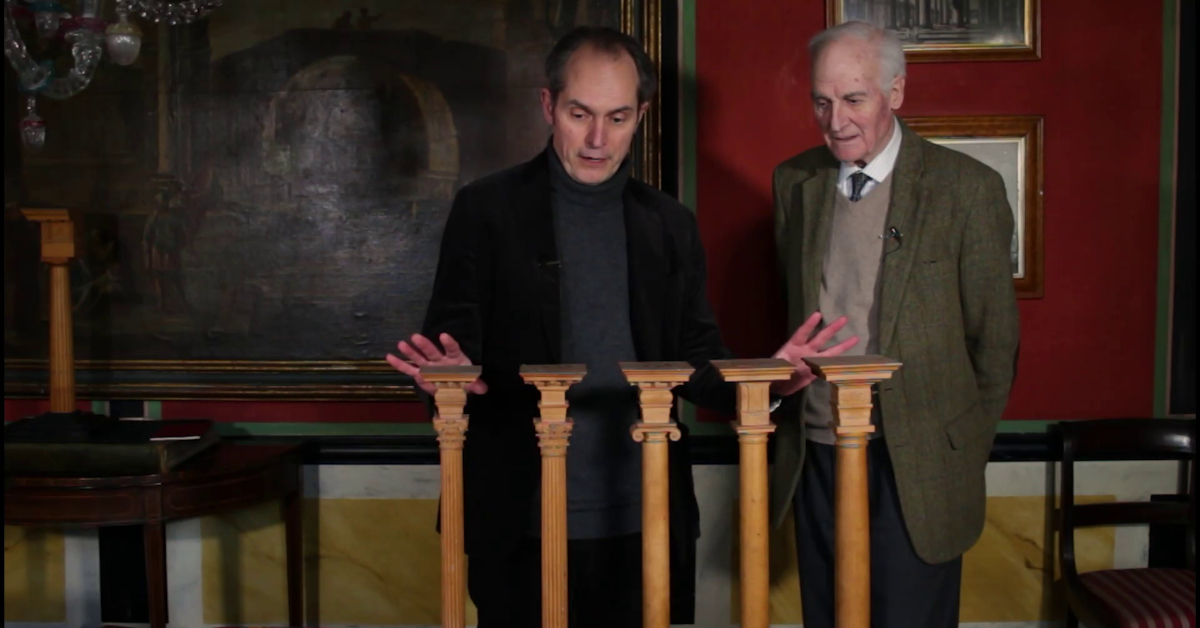An Introduction to British Architecture from Queen Victoria to George VI
The Victorian age inherited the battle of styles which defined the end of the Georgian era, a battle which was not convincingly won by either side. Gothic, Classical and even Mughal style architecture were all available to patrons and architects. To the serious-minded Victorian this was all too whimsical and they searched for a style which would be appropriate for their times so that the others could be dismissed. The chosen style was Gothic, and theorists were not shy of giving this stylistic preference a moral dimension. Pugin was the first to do this in his book ‘Contrasts’ where he compares the morally bankrupt world of classical Georgian England with a romantic view of medieval England which he saw as a golden age both socially and architecturally. John Ruskin followed these ideas returning from Venice with seductive sketches of Gothic and Byzantine details which he contrasted with the repetitive and mechanical nature of Georgian speculative housing. Gothic began to be seen as ‘true’, morally upright and Christian, while Classicism was seen as false, immoral and pagan. William Morris took these same ideas and reproduced them in wallpaper, stained glass and furniture. Because of this many of the greatest and most ambitious buildings of the Victorian age, including The Houses of Parliament, Tower Bridge and the Natural History Museum were all designed in the gothic style.
Despite this ideological push for Gothic, Classicism persisted throughout the Victorian age on a scale never dreamed of by the Georgians and rivalling the great works of Ancient Rome. The Albert Hall, Leeds Town Hall and St George’s Hall, Liverpool are all evidence of this trend.
This classical undercurrent grew into the dominant and triumphant style of Edwardian Baroque during the early years of the 20th century. The confidence of classicism suited the times and as John Singer Sargent represented the glamour of the age in virtuoso brush strokes, Lutyens, Belcher and Bloomfield captured the times in brick, marble and stone.



